As O’s fans, we got the best news we could have possibly hoped for recently when we found out that a group led by Baltimore native and long time O’s fan, David Rubenstein, was purchasing a majority stake (eventually 70%) in the team.
Since then, visions of an increased payroll have been dancing in our heads. Along with this came hope for long-term contract extensions for some of our young players, hopes that had heretofore been nothing but pipe dreams.
Within the last week, two things have gone on around baseball that have bearing on such dreams. The first was the Bobby Witt extension in Kansas City. Witt, the second overall pick behind Adley Rutschman in 2019, will be a Royal for at least the next seven years and potentially as many as 14, depending on opt outs and club options.
The second came yesterday when Vlad Guerrero Jr. won his arbitration case and was awarded $19.9M in his 3rd arbitration year.
Let’s take a look at each and why they impact the O’s.
Witt’s Extension
The Witt extension is of interest to multiple O’s players, especially Gunnar Henderson. The deal, as I mentioned, guarantees KC his rights for seven more years. He will make $141M in those seven years and he has a chance to make up to another $229M in the seven years after that. The structure of the contract allows him to opt out after years seven, eight, nine, and ten. After that, the Royals have three additional club option years. If Witt opts out after the 7th year, he will become a free agent at age 30 and will play the first year of that deal in his age 31 season. It is possible that he will be in line to make more than $229M at that point. That obviously will depend on health and performance.
The elephant in the room, of course, is that Henderson is represented by Scott Boras. While Boras clients have signed deals before hitting free agency, none of them has signed a deal as early as Gunnar could if he signed in the next year or so. Still, the Witt extension would be the foundation for a Henderson deal. The O’s have Gunnar’s rights for five more years. In that time period, assuming health and performance, he will probably make somewhere between $45-53M. For the Birds to extend him, they would have to get at least two of his FA years and ideally three. I don’t think it’s realistic to expect more than that. An eight-year deal would put Henderson under team control through his age 29 season, making him a FA for his age 30 season. Where the O’s have an advantage on this right now, relative to KC, is that Henderson has a year less service time and is a year younger.
Baltimore may be able to structure an extension similarly to Witt’s deal, where Gunnar can opt out every year after, but I think the goal should be to lock in those eight years. In his three post-arbitration years, Witt is getting $100M. Henderson will likely require at least that amount for those three years and maybe a little more. So, for the eight years you would probably be looking at a total deal of $150-160M.
Unlike many of these types of deals, this isn’t really a bargain for the O’s. However, it would mean keeping Gunnar beyond his arbitration seasons, something everyone in Birdland wants.
As to the option year prices, and total value of the contract, that’s all less important. For the sake of argument, if the Orioles were to structure it so his salary is $40-45M in those option years, it makes it harder for the player to opt out, which is fine. Those year are less critical than the first eight. Once the eight are locked in, the structure can take many forms. Whatever they choose, it will likely favor the player. That shouldn’t be a sticking point.
Witt’s deal has lesser impact on Rutschman due to the nature of the position his plays, his service time and his age (he just turned 26 this wee). Adley should be in line for an eight-to-nine year deal for ~$160-170 million. That would put him right around former San Francisco Giant Buster Posey’s number. Posey had accrued more service time when he signed his deal, so he got more FA years on his deal. That’s why the numbers are similar despite the increase in salaries in the years since Posey signed.
Guerrero’s Arbitration
Onto the Vladito artibration ruling yesterday…
Vladdy was a “Super 2” player. If you are unfamiliar with that, here is the definition of it according to the MLB website:
Players typically must accrue three years of Major League service time — with one year of service time equaling 172 days on the 26-man roster or the Major League injured list — to become eligible for salary arbitration. Super Two is a designation that allows a select group of players to become eligible for arbitration before reaching three years of service time.
To qualify for the Super Two designation, players must rank in the top 22 percent, in terms of service time, among those who have amassed between two and three years in the Majors. The specific cutoff date varies on a year-to-year basis.
So, why is this important? It’s important because the difference in money is tremendous. After the ruling yesterday, Vlad is set to make $19.9M in 2024 and, roughly, $70M during his service time with the Blue Jays. That is $20-30M more than most non-Super 2 star players will make in the best-case scenario situations. This is because they get four arbitration years instead of three. So, the money jumps up faster, which adds up quickly over the four years.
Vlad made league minimum twice, then $7.9M, then $14.5M, $19.9 this year. We can assume he will get 25M+ for 2025. Remember, unless you’re a Super 2, you don’t have that final year’s worth of payments. In Guerrero’s case, he didn’t get a big raise between 2023 and 2024 because of a down season. If that didn’t happen, he is up to closer to $80M, which is what fellow Super 2 player Juan Soto made on his first MLB contract.
This is why teams manipulate service time for players they expect to make big bucks in their arbitration seasons. If they can avoid the player gaining Super 2 status, it can save a lot of money down the road.
Of course, every year when this debate rages over the latest big-name prospect, there will be those fans and media members who say, effectively, “who cares?! Pay the player!”
While it may be true that teams can “afford” to ignore service time considerations, I think that’s short sighted. At the same time I disagree with keeping the better player in the minors just to save money years from now, especially if you are contending.
That is why Guerrero’s deal puts the Orioles in a bind.
Let’s use Jackson Holliday as an example. If the O’s put Holliday on the team on Opening Day and he never gets sent back to the minors, he will be here for six years. If they wait until there are 171 days (remember the “172 days” definition from above) left in the season and THEN promote him, they will have him for seven years (assuming he doesn’t place in the top 2 in Rookie of the Year voting, in which case he gets the full year of service time, like Rutschman did, despite being promoted later in the year).
If they bring him up that early, Holliday will assuredly be a Super 2 player. As the above definition states, the Super 2 date varies year to year. Since 2009, the service time, in terms of days for those eligible, has been anywhere from 115-146, for an average of about 129 days. A season is now 187 days. So, that average takes you to about late May. So, basically, if the O’s wait until June 5 or so, they should be safe from Super 2 on Holliday. Anytime you bring players up in the month of May, they are risking it. April? Almost 100%.
The question then becomes, what is better?
1. Having Holliday up on day 1 and losing the potential of the extra year?
2. Bringing him up when you can gain the extra year and just seeing if he cracks the top two in ROY voting knowing that he will likely be a Super 2 player? Or,
3. Waiting until June, passing the (likely) Super 2 cutoff and taking away more at bats, thus making it harder for him to finish in the top two in voting to be awarded the full year of service time?
It’s a tough decision. Much of it will come down to just how good Holliday looks this spring, especially defensively.
Overall, these are big decisions for the O’s to make. Personally, I would try to sign Holliday to a deal right now (say nine years, $135M) and just bring him up immediately and not worry about this nonsense.
Like Gunnar, he is a Boras guy, so there’s that with which to contend.
But a deal like that gives him guaranteed generational wealth and allows him to become a free agent at an age where he can double or triple that amount. He isn’t likely to make much more than that over the next nine seasons, and even if he does, it would be in the best-case, always-healthy scenarios. That’s tough to bet on.
In terms of current Super 2 guys on the O’s, the two that stand out that will likely be Kyle Bradish and Grayson Rodriguez. If they pitch well and stay healthy, they will get expensive fast. Dean Kremer just missed being Super 2 this year. As of now, no one else of significance is looking at that status.
These types of things are likely to be the first test of the new ownership.
It will be very interesting to see how they deal with it.
But it’s nice that keeping at least a couple of these guys long-term doesn’t seem nearly as far-fetched as it did a couple weeks ago.

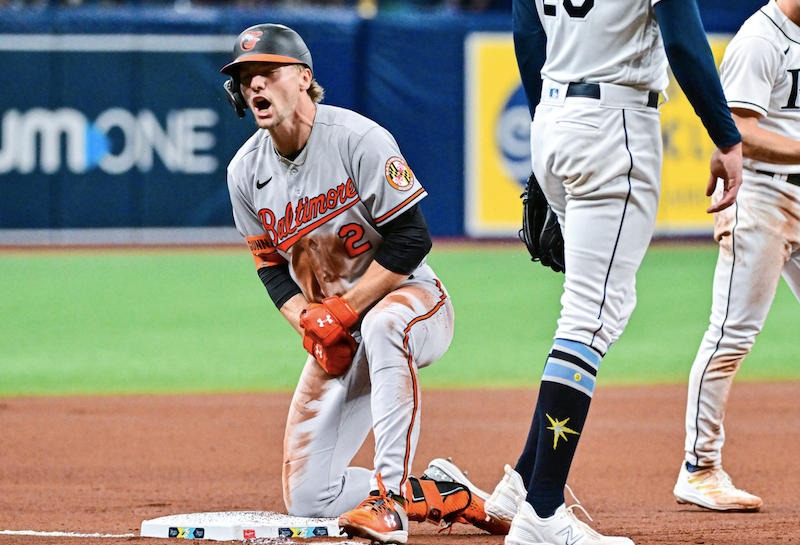

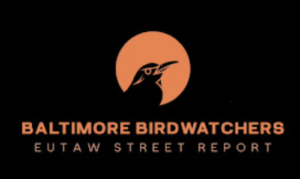
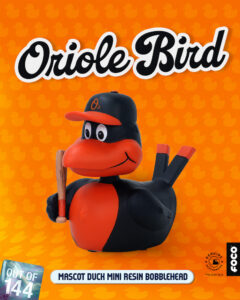
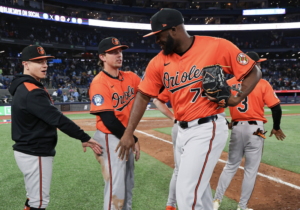
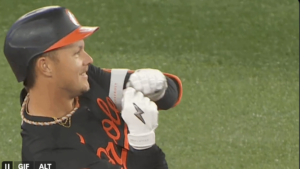



2 Responses
This “article” is more abut the author than the subject: “I would try,” “I think, “I believe,” “As I mentioned.” Painfully amateurish writing. Sounds like it was written by a high-school sophomore with an oversized ego from winning too many participation trophies. Nobody wants to read about whoever the writer is.
Amateurish writing…lol…What an asinine comment. Seems your run sentences are what is truly amateurism. You’re the one with an inflated ego to even make such a comment. Be thankful we have journalist who cover this team. Time for you to stop being so critical and immature. One opinion. And your’s stinks.